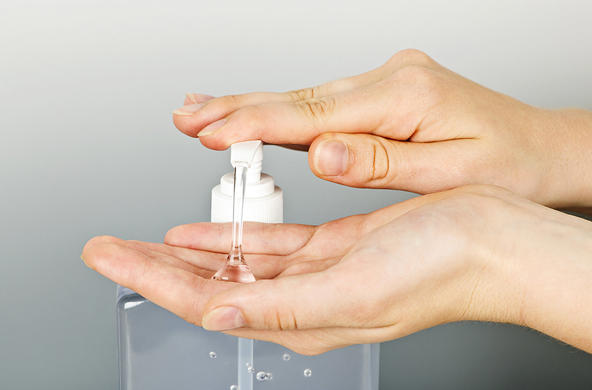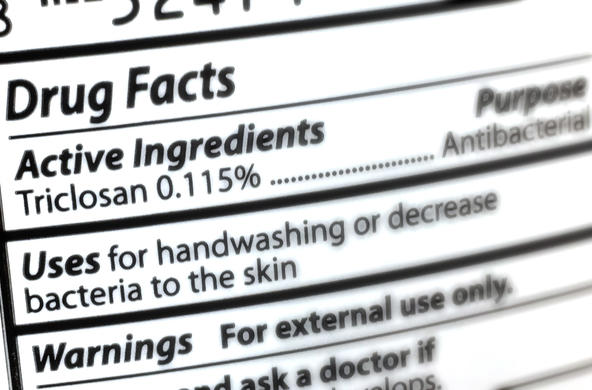Triclosan – a synthetic antibacterial – is driving the development of resistant bacteria in streams and rivers, with urban sites most impacted. So reports a recent study by the Cary Institute’s Emma Rosi-Marshall.
Invented for surgeons in the 1960s, triclosan slows or stops the growth of bacteria, fungi, and mildew. Around half of liquid soaps contain the chemical, as well as toothpastes, deodorants, cosmetics, liquid cleansers, and detergents. Triclosan enters streams and rivers through domestic wastewater, leaky sewers, and sewer overflows, with residues now common throughout the US.
Rosi-Marshall comments, “Bacterial resistance caused by triclosan has real environmental consequences. Not only does it disrupt aquatic life by changing native bacterial communities, but it’s linked to the rise of resistant bacteria that could diminish the usefulness of important antibiotics.”
With colleagues from Loyola University and the Illinois Sustainable Technology Center, Rosi-Marshall explored how bacteria living in stream and river sediments responded to triclosan in both natural and controlled settings. Field studies were conducted at three sites in the Chicago metro region.
Urbanization was correlated with a rise in both triclosan concentrations in sediments and the proportion of bottom-dwelling bacteria resistant to triclosan. A woodland creek had the lowest levels of triclosan-resistant bacteria, while a site downstream of 25 combined sewer overflows had the highest levels.
Combined sewers deliver domestic sewage, industrial wastewater, and storm water to treatment plants using a single pipe. Overflows occur when a pipe’s capacity is exceeded, typically due to runoff from high rain or snowmelt events. The result: untreated sewage flows directly into rivers and streams. Nearly 800 cities in the US rely on combined sewer overflows and the EPA cites them as a leading water pollution concern.
Rosi-Marshall and colleagues found that combined sewer overflows were a major source of triclosan pollution in Chicago’s North Shore Channel. Their work also supports past findings that treatment plants can effectively remove triclosan from wastewater. “While triclosan levels spiked near combined sewer overflows, they were much lower at sites downstream of a sewage treatment facility,” Rosi-Marshall notes.
Artificial stream experiments confirmed field findings that triclosan exposure triggers an increase in triclosan-resistant bacteria. Researchers detected a shift in bacterial communities, with a 6-fold increase in cyanobacteria and a dramatic die-off of algae. This is of concern because cyanobacteria are less nutritious than algae and produce toxins that are harmful to other organisms.
This study is the latest in an ongoing effort to understand the environmental and human health consequences of synthetic antimicrobials. The Cary Institute’s new Artificial Stream Research Facility will enable Rosi-Marshall to expand her triclosan research program, with new studies exploring impacts in New York State’s rivers and streams.






